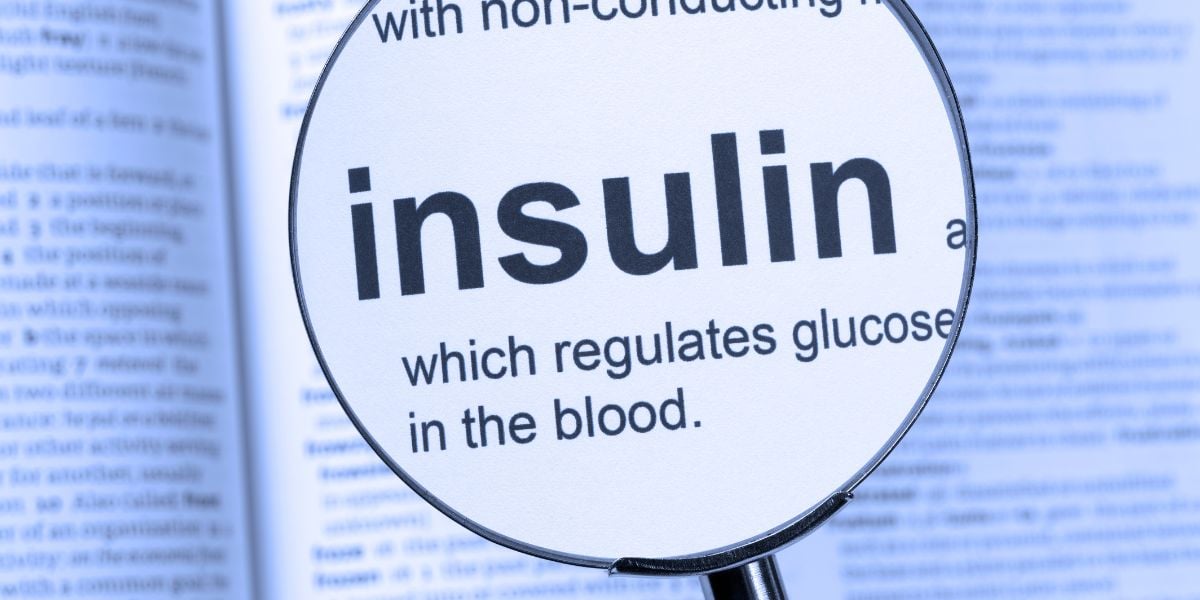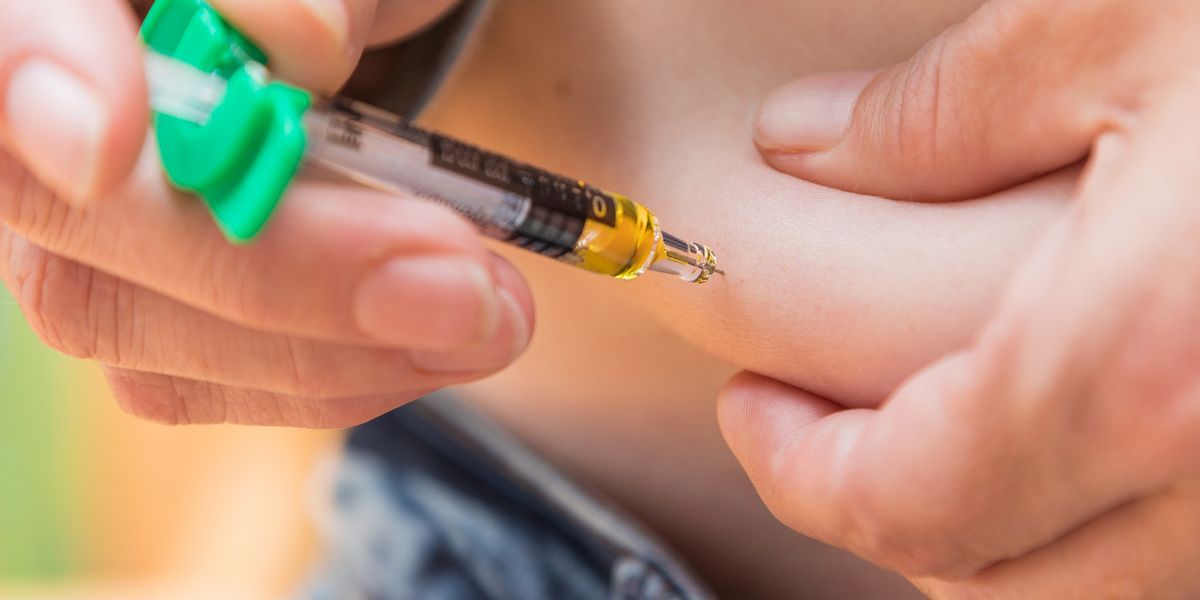The use of insulin inhalers means that oral insulin is a viable treatment for both type 1 diabetes and type 2 diabetes.
Whilst previous attempts to create insulin inhalers have failed, lessons have been learned and modern inhaled insulin is once again an exciting area of diabetes technology.
Which insulin inhalers are available?
Currently, inhaled insulin is not readily available on the NHS.
However, this situation could change as early as the end of 2014 or in 2015 if a new form of inhaled insulin is approved for use by the National Institute for Health and Care Excellence (NICE).
The latest form of inhaled insulin to be approved in the United States is Afrezza.
The insulin was developed by Mannkind Corp. and is now being marketed by the French pharmaceutical firm Sanofi
Insulin inhaler functionality
Some insulin inhalers convert a dose of dry insulin using compressed air, providing particles which may then be inhaled.
This process is called aerosolization
Other insulin inhalers are activated with the breath. The insulin dose, in powdered form, is inhaled directly through the mouth into the lungs.
Ultra-rapid acting insulin
The fact that inhaled insulin is breathed into the lungs means that insulin doses, taken by inhaler, can enter the bloodstream quicker than injected insulin.
Whilst rapid acting insulin injections typically have their peak activity between 30 and 90 minutes after injecting, the newest form of inhaled insulin, Afrezza, has its peak activity between 12 and 15 minutes after taking the dose.
In the future slow acting (basal) insulin may also be able to be inhaled, but there are no indications that inhaled basal insulin will be available within the next few years. For this reason, people needing to take long acting insulin will continue to need to take injections for basal doses.
Benefits of insulin inhalers
Researchers believe that these new insulin inhaling devices are becoming increasingly successful in the delivery of insulin and in the control of blood glucose levels.
In the clinical studies of Afrezza, the inhaled insulin was shown to reduce incidence of severe hypoglycemia compared to rapid acting insulin injections.
Whilst previous insulin inhalers, notably Exubera (marketed by Pfizer), were large and cumbersomen, modern insulin inhalers are considerably smaller than the palm of an adult hand.
Disadvantages of inhaled insulin
In clinical trials, the newest inhaled insulin, Afrezza, was outperformed, in terms of lowering HbA1c, by multiple daily injections. However, the difference was not large (4 mmol/mol or 0.4%).
Insulin doses are not so easy to vary for inhaled insulin as for injections. Whilst injections can deliver doses by as little as half unit increments, the newest inhaled insulin delivers doses by 4 unit increments.
A number of concerns still exist such as the effect of long-term use of insulin inhalers on the lungs and people who smoke or have breathing problems, including asthma or chronic obstructive pulmonary disease (COPD), are not advised to use inhaled insulin.
Inhaled insulin does not appear to increase the risk of lung cancer, however, the FDA (Food and Drug Administration) in the USA will continue to monitor Afrezza in case any evidence of cancer causation emerges.







